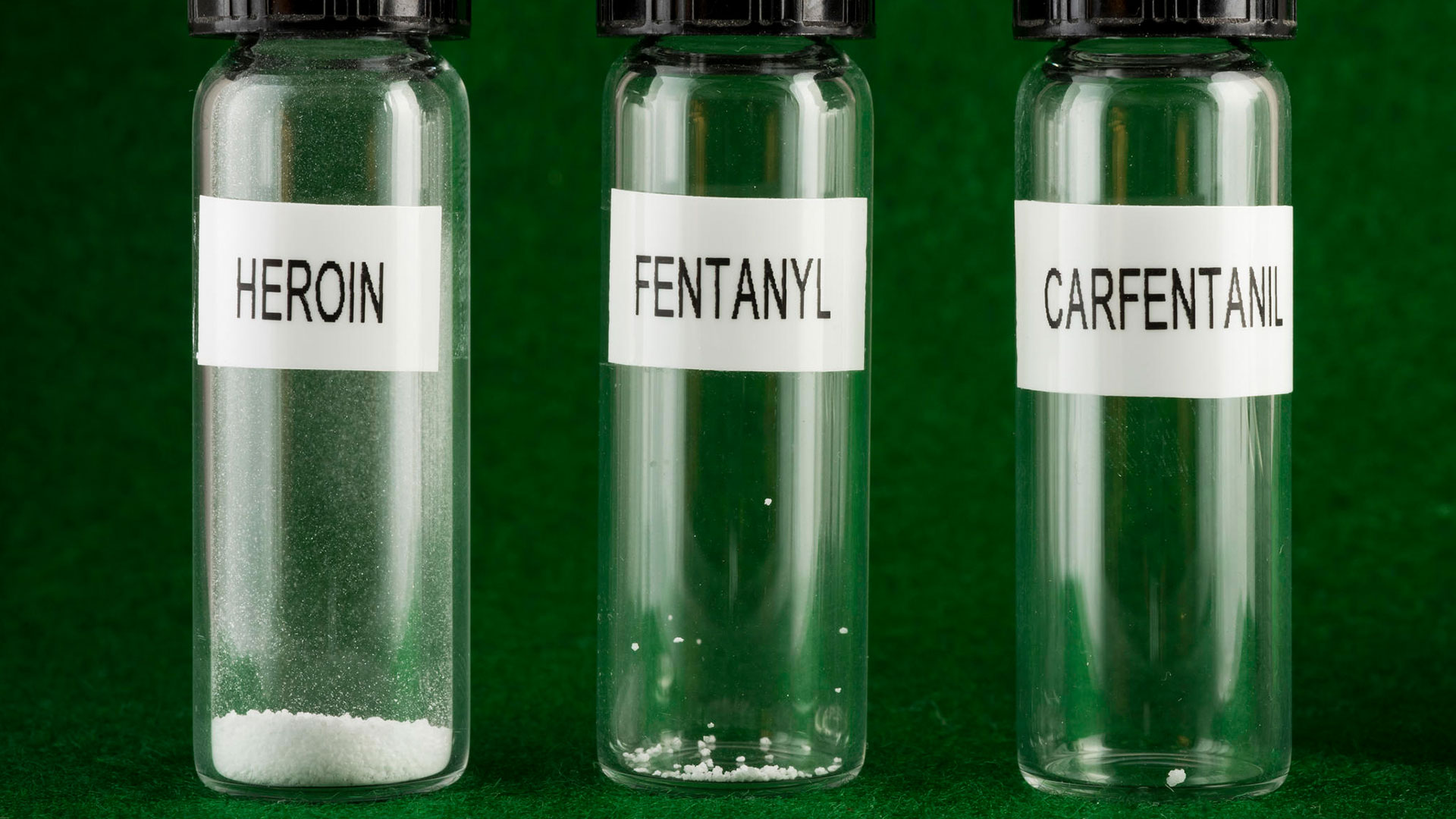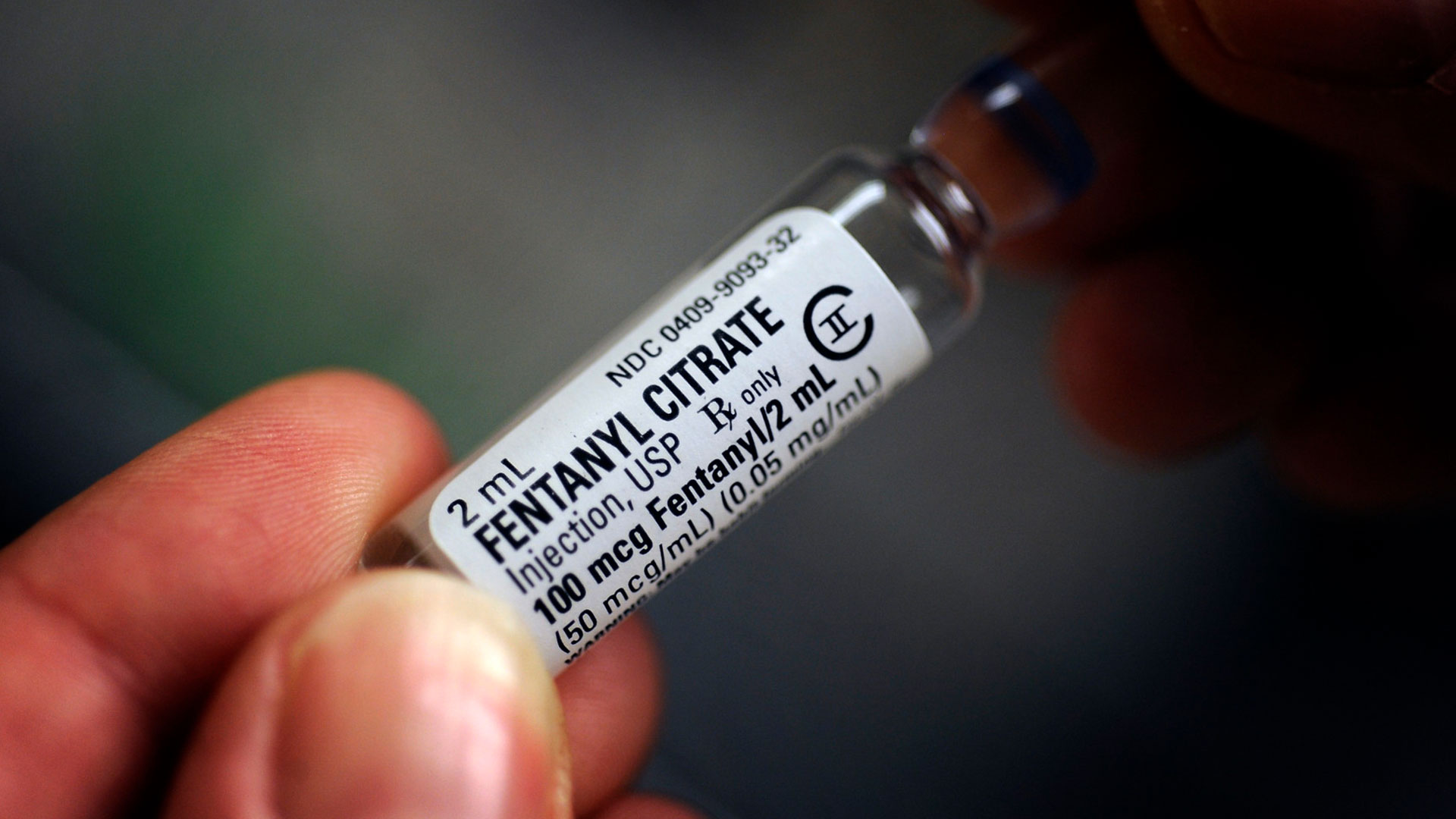02 Aug What is the Difference Between Heroin vs Fentanyl?
Table of Content
Opioid addiction has grown more voluminous and rampant over the years, with the prescription rate in the US alone quadrupling from 1999 to 2010. There’s a large list of arguments to be made as why this public health epidemic has occurred (they range from placing fault on doctors which over-prescribe, to street labs that found easier ways to replicate the drugs by creating synthetic opioids) but that’s a whole different conversation. Point is, as the rise of opioid addiction came to fruition, so too did heroin. After all, while structurally they’re not mutually exclusive, they do have the same origin.
Yet in the last decade, we’ve seen an entirely new group of heroin addicts arise: former opioid addicts. Why? Money. Opioids—being that they’re manmade, synthetic, and regulated—can be extremely expensive (especially in volumes needed to support an addiction). Many of these addicts found they could receive the same high from heroin, an opiate, and thus switched their vice because it was less expensive than frequenting opioids.

Credit: USA Today
But heroin isn’t an easy thing to harvest. Dealers have to grow it, cut it, export it, and then sell it. There’s a lot that goes into heroin production. Point is, if they found a drug that had the same effect as heroin and was easier to transport, stronger (meaning they could transport less for more income), and easier to produce, don’t you think they’d quickly introduce it to the streets?
Sadly, they have. Enter synthetic fentanyl, an opioid that is 50 times stronger than heroin. An opioid that can actually cause fatal overdoses simply by skin-to-skin contact (if concentrated highly enough). An opioid that is quickly taking the place of ‘the purest heroin’ because it’s cheaper to produce and transport, and hits harder. Drug dealers love it because it takes a lot less to have the same effect as most street-value heroin, making their lives easier on the risk front, and allowing for higher profits once they’re able to inject it into a market.
But fentanyl in its purest form (meaning synthesized in a lab and regulated by the FDA) is actually a prescription meant for late-stage cancer patients. They’re the stronger-than-morphine drug that acts as a blanket on (and this is often the case) most people’s last days. Now replicate this incredibly powerful opioid in a bootleg street lab, where a lethal dose is measured in micrograms, and you have what could be considered a lethal poison on the streets. Would it terrify you if we told you that fentanyl production has progressed to a point where it’s being used in fake prescription pills? Well, that’s now a reality. And people are overdosing from it without even knowing it’s in their drugs.
In this article, we’re going to discuss the differences between heroin vs fentanyl, and then add in the new types of fentanyl that are being found on the streets. But first, let’s explain exactly what the difference is between opiates and opioids. For clarification, heroin is an opiate, and fentanyl is an opioid.
What’re the differences between opiates and opioids?
An opiate is synthesized from alkaloids in the opium poppy plant. An alkaloid is any type of nitrogenous substance derived from plants that have significant physiological effects on the human anatomy. They can be seen in both drugs and poisons, but the opiates you’re used to seeing are generally used for pain relief but can also cause euphoric feelings, or ‘the high’ addicts become addicted to. Some of the opiates you might be familiar with are below:
Heroin: this is an opiate derived from the poppy, and is vastly used for recreational purposes. It can be smoked or injected and is almost rarely used as a form of medicine.
Morphine: this is an opiate used to treat pain of varying degrees. I’m sure you’re familiar with it. It’s most often prescribed after serious surgeries which are both invasive and taxing on the healing front. There are both extended release and short release versions of the drug, and they’re prescribed dependent on the type of pain present.
Codeine: this is a narcotic pain reliever and cough suppressant that’s often prescribed for people that have respiratory infections or bad colds. It’s a pain reliever, breathing suppressant, and a sedative.
Opium: the root of it all, opium is sap that’s extracted from the poppy seed. It has the longest lineage of any opiate and has historically been used as an analgesic and recreational drug.
So those are the opiates—the same category in which heroin falls. Now how about opioids? The chief difference is that opioids are synthetically or laboratory manufactured drugs created from the same alkaloids in the opium poppy. Despite their engineering, opioids act very similarly to opiates because of their structural similarities. Some of the opioids you may be familiar with:
Oxycodone: this is a drug derived from Thebaine. It’s actually about twice as potent as morphine, meaning it lends more similarities to heroin in the strength department. You’re probably familiar with Percocet or OxyContin, with OxyContin often being the drug blamed for the rise of opioid addiction.
Methadone: this opioid is a pain relieving drug commonly used for severe pain, or as a treatment option to wane people off of stronger opiates.
Hydrocodone: you might have even been prescribed this drug once or twice in your life, and it could’ve been in the form of Vicodin (the most popular type of Hydrocodone). It’s used to treat strong but not extreme pain.
Fentanyl: this opioid—the one this article is focused on—is about 50 times stronger than heroin and double that amount when placed beside morphine. It’s used in surgery as anesthesia, and prescribed to patients experience insufferable degrees of pain (almost always late stage cancer patients).
Now that you have the gist of differences between opioids and opiates, we’ll put heroin and fentanyl side-by-side.

Credit: Huffington Post
Heroin vs fentanyl?
Heroin actually comes from morphine, despite being stronger. It comes in multiple different powder-like forms, usually white or brown in color. If it’s black, it’s usually a lower quality tacky substance that goes by the street name ‘black tar.’ It’s an illegal drug in the United States and has a whopping zero accepted medical uses. It can be smoked, taken intravenously, and at worst (this is the most damaging way to ingest it) snorted.
Fentanyl is an opioid (remember, this mean it’s synthetic) drug that is about 50 times more powerful than heroin. It’s classified as a Schedule II substance by the DEA being that it was developed as an extremely powerful analgesic for chronic pain or extreme pain following invasive surgery. In some cases, it’s used for people who are opioid-intolerant. However, most Schedule II drugs are not impervious to creating addicts out of their users and are still vastly dangerous if not correctly used.
Taking fentanyl is a bit different than heroin. It can come in tablet form, oral sprays, nasal sprays, transdermal patch (yes, it can be absorbed straight through the skin, which makes it incredibly dangerous taking into consideration how lethal it is), and as an injectable substance. Often it’s used as an additive for heroin, being that dealers want to give their drug that ‘extra punch’ to take a step ahead of their competition.
On the streets, fentanyl is actually not vastly different in its form of production (meaning the texture of the substance, not its molecular build). It can be pressed as pills that look like other medication (most often OxyCotin or Xanax), sold as a powder, or put on a certain type of paper that the user places under their tongue. However, when users on the streets take fentanyl outside of heroin (meaning when it’s not mixed in and sold as its own drug) they most often take it in pill form, while heroin addicts typically inject or snort the fentanyl powder.
Both drugs do basically the same thing. In simple words, they induce an extreme sense of euphoria and relieve pain. While there’s no comparison between the strength of the two, and fentanyl is taken in extremely lower dosages, they do both derive from morphine, meaning they are molecularly similar. This also means that they have virtually the same effect on the body. Both drugs suppress the central nervous system, respiratory system, and cardiovascular system. Meaning when a user takes a higher volume than their tolerance can handle, they often lose consciousness, experience difficulty breathing, a weakened heart, a drop in temperature, and if worse enough a full shutdown of bodily activity. However, in the case of a fentanyl overdose, it is respiratory failure that causes death (the same as heroin).
So where does the real danger lie?
At this stage in the article, you can probably deduce that heroin and fentanyl are relatively the same drug. One just has the strength of a child, while the other of a professional weightlifter in his prime. But what makes it so dangerous is that fentanyl is not always advertised as fentanyl. There is a large number of drug overdoses (which are still climbing) that occurred because the user did not know fentanyl was in the substance at hand.
Take a heroin addict, for instance, one used to injecting or smoking a certain dosage, and this time the heroin he purchases is cut with fentanyl. While his dealer tells him this ‘new stuff is much better than the previous’ the user remains clueless as to how strong (remember, 50 times more than heroin) it really is and winds up overdosing because of its potency. The United States has seen a rise in these types of overdoses over the course of the last three years.
The problem only amplifies once you take into consideration that fentanyl is now being added to fake prescription pills, most often in the form of Xanax or OxyCotin. Chemists are adding doses of fentanyl to give their pills a little more strength. In some cases—and these are the most terrifying—the pills are solely fentanyl. Counterfeit pills that are composed solely of this opioid are nothing short of poison. This exact circumstance hospitalized dozens and killed four in Maryland at the beginning of this year.
If a user has little tolerance to opiates in general, purchases Xanax to use as an anxiety-suppressant or a sedative, they will most likely find themselves severely affected by even a tiny dose of fentanyl. But generally, since the drug fentanyl requires such a low dosage to work, drug users trust their dealers to administer the correct amount into their substances.
Thing is, with street-produced fentanyl—and the lack dealers have in handling the substance, the production and cutting process can often go wildly wrong. This is noted in areas where there’s a sudden spike in overdoses because of a new batch of heroin (or counterfeit prescription pills) that contain too much fentanyl. In fact, Northern California reported 12 deaths and 48 overdoses from fentanyl alone since last march, and New Hampshire said fentanyl related deaths have increased by 300% in only a year. More often than not, these deaths come all at once because a certain ‘batch’ of drugs that hit the streets.
What’s even more terrifying is when you take into consideration that drug dealers are rallying behind fentanyl and its production, because of how much cheaper and ‘better’ the substance is. The US saw a rise in opioid overdoses in 2014-2015 (by 73%), and that number continues to rise. While fentanyl isn’t responsible for all of them, it’s certainly becoming more rampant. Vancouver Canada recently took heroin and cocaine from a drug bust and tested it for fentanyl, discovering that 80% of the heroin was cut with it and 40% of the cocaine. While this doesn’t mean those statistics translate across the board, it certainly means that this problem could quickly spiral out of hand.
How do we solve this problem?
It’s a difficult one to solve. Of course, a lot of the fentanyl is obtained illicitly, but that doesn’t mean it isn’t real or from an actual pharmaceutical company. There are plenty of advocates that state the drug is simply too dangerous, and a spike of lawsuits have arisen against companies that produce it, making the acquisition of FDA approved fentanyl harder than ever.
Thing is, it’s a drug that was developed for the type of patients that have nowhere else to turn. It’s meant for late-stage cancer patients to have an aid in handling their pain throughout their numbered days, and patients that have to heal from severely invasive surgeries. Is it right to discontinue the drug and allow these people to suffer in hopes to mitigate illicit use? Will it matter once drug dealers can mass-replicate fentanyl?
It’s a problem that is quickly rising across the US and Canada, and could quickly snowball in the near future. So as for the question of heroin and fentanyl, while their molecular structures are similar, there’s really no comparing the repercussions of the two. We all know what a killer heroin is, but if fentanyl somehow becomes as popular, it’s going to put a lot more people down.
Sources:
Crane, Marisa. “Fentanyl vs. Heroin: The Similarities and Differences Between Two Powerful Opioids.” American Addiction Centers. 8 Mar. 2019. https://georgiadrugdetox.com/resources/what-is-the-difference-between-heroin-and-fentanyl/
Clemmensen, Emmalynn. “Fentanyl vs. Heroin.” Heroin.net. 8 Mar. 2019. https://heroin.net/about/heroin-dealers/fentanyl-vs-heroin/
“Fentanyl vs. Heroin.” 8 Mar. 2019. https://www.drugrehab.com/addiction/drugs/heroin/heroin-vs-fentanyl/



 678-771-6411
678-771-6411


No Comments